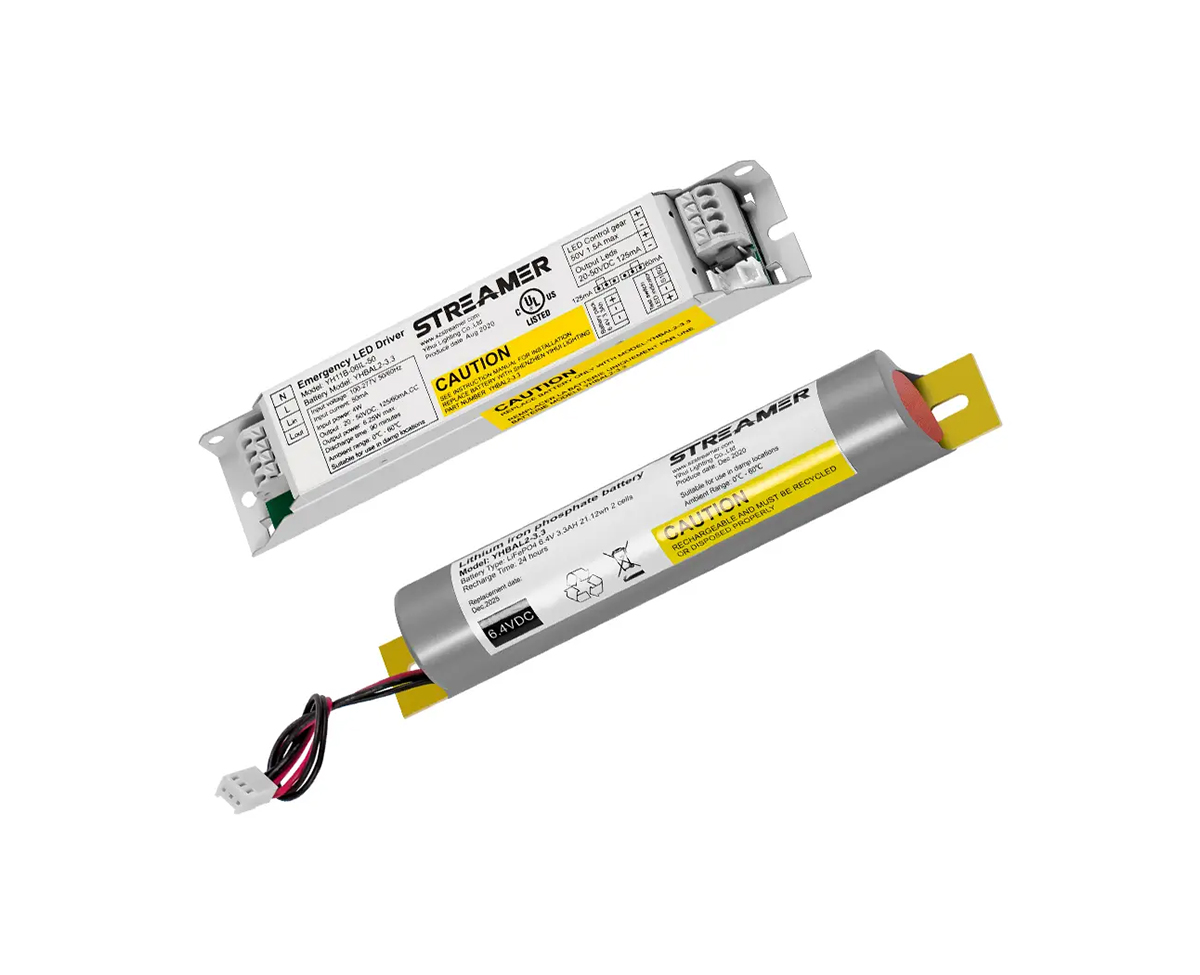 1
1
 May 05, 2025
May 05, 2025

Proper maintenance of LED emergency converters is essential to ensure their reliable operation during power outages and emergencies. Regular maintenance can not only extend the service life of the converters but also guarantee the safety and effectiveness of the emergency lighting system.
Regular inspection is the first and most basic maintenance task. Check the appearance of the converter for any signs of damage, such as cracks in the housing, loose connections, or burnt - out components. Pay attention to the status indicators on the converter, if any. These indicators can provide valuable information about the operating status of the converter, such as whether the battery is charging properly or if there are any faults. For example, a flashing red light may indicate a battery malfunction, while a continuous green light may show that the converter is in normal operation. Additionally, inspect the wiring connected to the converter to ensure that there are no frayed wires, loose terminals, or signs of overheating.
Battery maintenance is a crucial aspect of LED emergency converter upkeep. Most LED emergency converters are equipped with rechargeable batteries, such as lead - acid or lithium - ion batteries. For lead - acid batteries, regularly check the electrolyte level and add distilled water if necessary. Make sure the battery terminals are clean and free of corrosion. Corroded terminals can cause poor electrical connections and reduce the battery's performance. For lithium - ion batteries, avoid overcharging and over - discharging. Use a proper battery charger that is designed for the specific type of lithium - ion battery in the converter. Periodically perform a full charge - discharge cycle to maintain the battery's capacity, but follow the manufacturer's instructions to avoid damaging the battery.
Cleaning the converter is also important. Dust and dirt can accumulate on the surface and inside the converter over time, affecting its heat dissipation and electrical performance. Use a soft, dry cloth to wipe the exterior of the converter. For the interior, use compressed air to blow away dust from the components and circuit board. However, be careful not to damage any delicate components during the cleaning process. If the converter has a cooling fan, check its operation regularly and clean the fan blades to ensure proper air circulation.
Finally, perform regular functional tests on the LED emergency converter. Test the emergency lighting function by simulating a power outage, either by disconnecting the main power supply or using the test switch on the converter, if available. Check that the emergency lights turn on promptly and provide sufficient illumination. Measure the output voltage and current of the converter during operation to ensure that they are within the specified range. Keep records of all maintenance activities, including inspections, battery maintenance, and functional tests. This documentation can help in tracking the performance of the converter over time and identifying any emerging problems early, allowing for timely corrective actions.